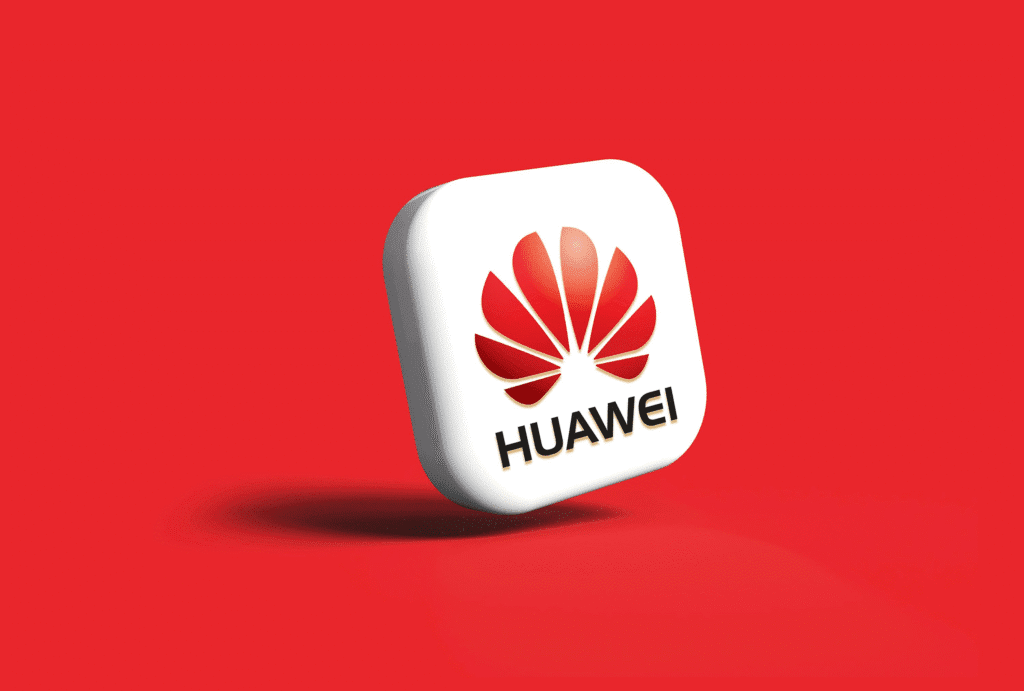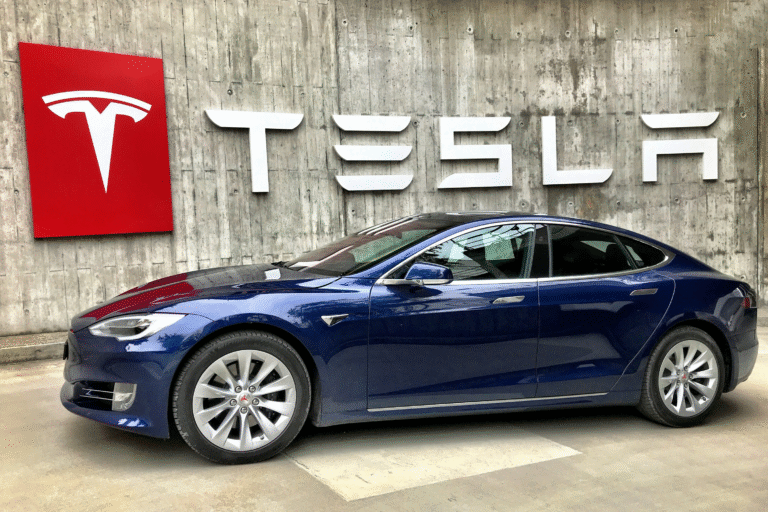The United States has stated that Chinese tech giant Huawei will only be able to manufacture up to 200,000 advanced artificial intelligence (AI) chips in 2025. According to a top U.S. export control official, this number is much lower than what Huawei actually needs. However, the official also warned that China is rapidly improving its technology and could soon catch up to U.S. capabilities in AI chip production.
Since 2019, the U.S. has imposed strict export controls on China to limit its access to high-end chips and the machinery needed to produce them. These restrictions were put in place to slow down China’s progress in military and technological advancements. Huawei, one of China’s biggest tech companies, has been heavily affected by these rules. Despite the challenges, Huawei has been working on its own AI chips, called Ascend 910C, as an alternative to those made by American companies like Nvidia, which is currently the world leader in AI chips.
Jeffrey Kessler, a senior official at the U.S. Commerce Department, spoke to lawmakers during a congressional hearing. He said, “Our assessment is that Huawei Ascend chip production capacity for 2025 will be at or below 200,000, and we project that most or all of that will be delivered to companies within China.” Kessler emphasized that even though this number seems small, the U.S. should not underestimate China’s efforts. “China is investing huge amounts to increase its AI chip production, as well as the capabilities of the chips that it produces. So, it’s critical for us not to have a false sense of security, to understand that China is catching up quickly,” he added.

The White House has also commented on China’s progress in AI technology. David Sacks, the White House AI advisor, recently mentioned that China is only three to six months behind the U.S. in AI development. However, the White House later clarified that this statement referred only to China’s AI software models, not its hardware. According to them, Chinese AI chips are still one to two years behind those made in America.
Huawei’s CEO, Ren Zhengfei, admitted in an interview with Chinese state media that the company’s chips are not as advanced as those made by U.S. competitors. He said, “Our chips are a generation behind those of U.S. competitors, but we invest more than $25 billion every year to improve their performance.” Despite Huawei’s efforts, Nvidia’s AI chips remain more powerful. However, due to U.S. export restrictions, Nvidia has lost some of its market share in China.
The tension between the U.S. and China over technology and trade has been ongoing. Recently, both countries reached a temporary agreement to ease some trade restrictions after negotiations in London. Earlier, the U.S. had imposed additional export controls on China, limiting the sale of semiconductor design software, jet engines, and other advanced goods. These measures were taken after China continued to restrict the export of certain minerals needed for technology manufacturing.
Experts believe that the competition between the U.S. and China in AI and semiconductor technology will continue to grow. While the U.S. currently has an advantage, China’s heavy investments in research and development could help it bridge the gap in the coming years. The U.S. government is closely monitoring the situation to ensure that its export controls remain effective in limiting China’s access to critical technology.
For now, Huawei’s production capacity remains limited, but the company is determined to become self-reliant in chip manufacturing. The global tech industry is watching closely as this rivalry unfolds, knowing that the outcome could shape the future of AI and technological dominance in the world.
The U.S. remains cautious, understanding that while Huawei may be restricted today, China’s rapid advancements mean that the balance of power in technology could shift in the near future. As both nations continue to invest heavily in innovation, the race for AI supremacy is far from over.
In conclusion, the U.S. estimates that Huawei will only be able to produce 200,000 AI chips in 2025, which is below the company’s requirements. However, officials warn that China is making fast progress and could soon challenge U.S. leadership in this field. The ongoing trade and technology battle between the two nations will likely influence the direction of global tech development for years to come.












